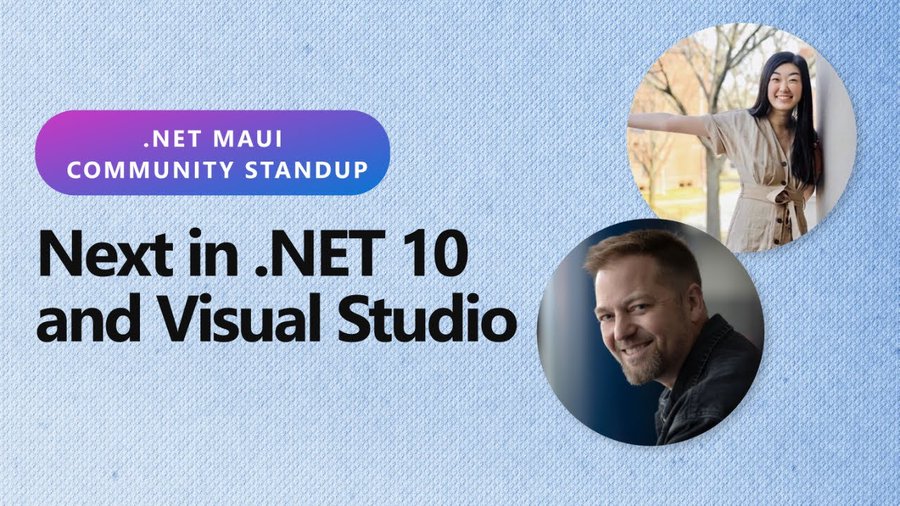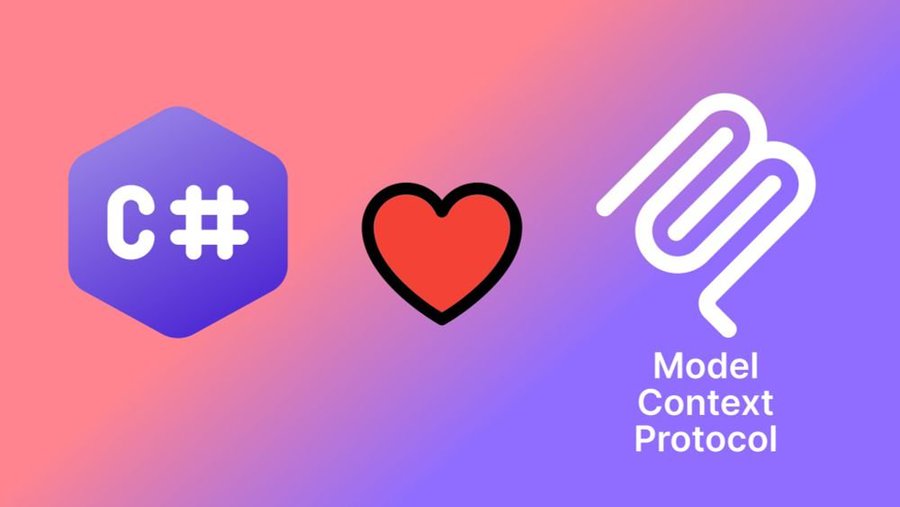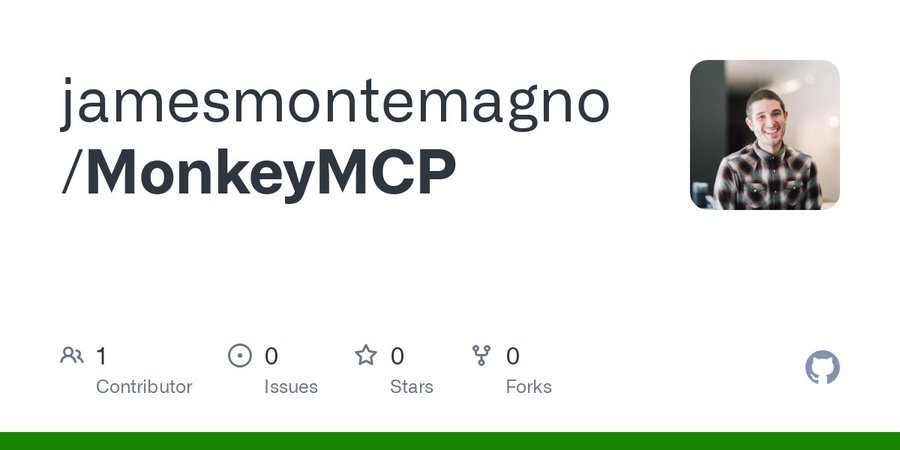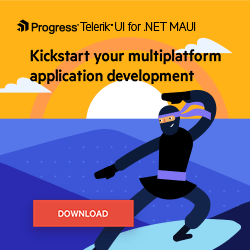Sands of MAUI: Issue #182

Welcome to the Sands of MAUI—newsletter-style issues dedicated to bringing together the latest .NET MAUI content relevant to developers.
A particle of sand—tiny and innocuous. But put a lot of sand particles together and we have something big—a force to reckon with. It is the smallest grains of sand that often add up to form massive beaches, dunes and deserts.
.NET developers are excited with the reality of .NET Multi-platform App UI (.NET MAUI)—the evolution of modern .NET cross-platform developer technology stack. With stable tooling and a rich ecosystem, .NET MAUI empowers developers to build native cross-platform apps for mobile/desktop from single shared codebase, while inviting web technologies in the mix.
While it may take a long flight to reach the sands of MAUI island, developer excitement around .NET MAUI is quite palpable with all the created content. Like the grains of sand, every piece of news/article/documentation/video/tutorial/livestream contributes toward developer experiences in .NET MAUI and we grow a community/ecosystem willing to learn and help.
Sands of MAUI is a humble attempt to collect all the .NET MAUI awesomeness in one place. Here’s what is noteworthy for the week of April 7, 2025:
.NET MAUI Community Standup
The .NET MAUI team hosts monthly Community Standup livestreams to celebrate all things .NET MAUI and provide updates—a wonderful way to bring the developer community together. A lot of good things are happening in .NET MAUI as a platform, and developer community excitement is noticeable. David Ortinau and Rachel Kang recently hosted the April .NET MAUI Community Standup—what’s next in .NET MAUI with .NET 10.
After some usual banter, Rachel covered all the community news. Content contributions from the developer community are impressive indeed and demonstrate a healthy ecosystem. With some servicing updates out of the way, David then talked through plans for .NET MAUI with .NET 10—broad themes are emerging and there some exciting focus areas.
The overall emphasis on .NET MAUI framework stability and tooling quality should be welcome news for developers. High-impact issues are being looked at and debugging/testing story will improve. There will be platform-specific investments with Android API 36 and XCode 17 integrations, as well as catering to broader trends with .NET Aspire and hybrid story to welcome more web content to native apps. All things looking good—upwards and onwards with .NET MAUI.

C# MCP SDK
It is the age of AI—there is a huge opportunity for .NET developers to infuse apps with solutions powered by generative AI and large/small language models. One of the challenges with modern AI, however, is providing context to AI models—Model Context Protocol (MCP) can help. There is good news for .NET developers, with Maria Naggaga and Mike Kistler writing up the announcement—say hello to the official C# SDK for MCP.
MCP is an open protocol to enable integration between LLM applications and external tools/data sources—essentially a way to provide more context to AI models. Developers can think of it as a common language for information exchange between AI models. MCP is growing in popularity and has seen rapid adoption in the AI community. The Microsoft and Anthropic partnership to produce the official C# SDK for MCP aims to enhance the integration of AI models into C# applications. The goal of the SDK is to enable C# developers to expose context through MCP Servers or consume info through MCP Clients. A number of Microsoft products are already using MCP, with more to come. Let’s see what the future holds for easier exchange of contextual knowledge between .NET apps and AI Models—MCP is here to help.

Monkey MCP
.NET MAUI is the evolution of modern .NET cross-platform development stack, allowing developers to reach mobile and desktop form factors from a single shared codebase. However, .NET MAUI apps do not live in silos—backend services powering client apps often need APIs. And in the times of AI, client apps may have needs to integrate with contextual data and developers may need to host servers that enable communication with AI models. Model Context Protocol (MCP) could be a solution, and James Montemagno offered up a sample GitHub repo—an MCP server with monkey data API.
While early days, there is plenty of excitement in big tech around MCP. With solid docs and a stable specification, MCP can play a big role in standardizing information exchange between AI models and various data sources for grounded AI responses.
James showcases how to build a simple MCP Server with .NET 9. On offer is monkey type API data used in the classic Xamarin/.NET MAUI sample apps. MCP servers/clients can implement communication protocols for facilitating interactions between various components in a model-driven AI system—and .NET developers already have the tools to work with ease using MCP protocol.

Blazor AOT
.NET MAUI is built to enable .NET developers to create cross-platform apps for Android, iOS, macOS and Windows, with deep platform integrations, native UI and hybrid web experiences. Armed with modern smart WebViews, .NET MAUI is more than capable of welcoming web content to native land. In fact, Blazor/JavaScript developers should feel empowered to bring web UI components, routing, styling and more to native cross-platform .NET MAUI apps, while gaining complete native platform API access. Just like .NET MAUI, Blazor apps can also benefit from runtime optimization, and Claudio Bernasconi wrote up an article—exploring Blazor WebAssembly Ahead-of-Time (AOT) compilation.
Traditionally, the compiler turns C#/.NET code into Intermediate Language (IL). At program startup, the .NET runtime just-in-time (JIT) compiles them into machine code for respective platforms/devices. While this model has some portability advantages, modern .NET is looking for a more streamlined solution—say hello to native ahead-of-time (AOT) compilation.
With AOT, .NET code is compiled directly into machine language and runs in a self-contained executables. This obviously has big implications with smaller apps that have less memory footprint. The smaller app package is particularly desirable for in-browser WebAssembly apps or native mobile apps. Developers might want to consider AOT for Blazor WebAssembly and .NET MAUI apps. Claudio showcases how to enable and configure AOT in Blazor WASM—a little tooling and release builds do the trick.
There are some tradeoffs between JIT and AOT—.NET developers should consider app types/dependencies and make a conscious choice.

Microsoft Turns 50
Modern developer frameworks and tooling keep developers productive on Microsoft technology stacks. While we all hustle with modern technology, it is good to sometimes slow down to smell the roses—especially around big milestones. It’s time to say Happy Birthday to Microsoft—celebrating their 50th anniversary.
With modern technologies, a lot has changed in the way we live, work and play. From boxed software discs to cloud native apps, Microsoft technologies have evolved much in gaming, development stacks, productivity suites and more—all to empower humans to do more. There were lots of celebrations to mark Microsoft’s 50th birthday—GitHub Copilot used the opportunity to make some big announcements. As we look ahead at the tech landscape for the upcoming decade, everyone can bet their bottom dollar—AI will play a big role.

That’s it for now.
We’ll see you next week with more awesome content relevant to .NET MAUI.
Cheers, developers!

Sam Basu
Sam Basu is a technologist, author, speaker, Microsoft MVP and gadget lover. With a long developer background, he also worked as a Developer Advocacy Manager for advocating modern web/mobile/cloud development platforms on Microsoft/Telerik/Kendo UI technology stacks. His spare times call for travel, fast cars, cricket and culinary adventures with the family.

